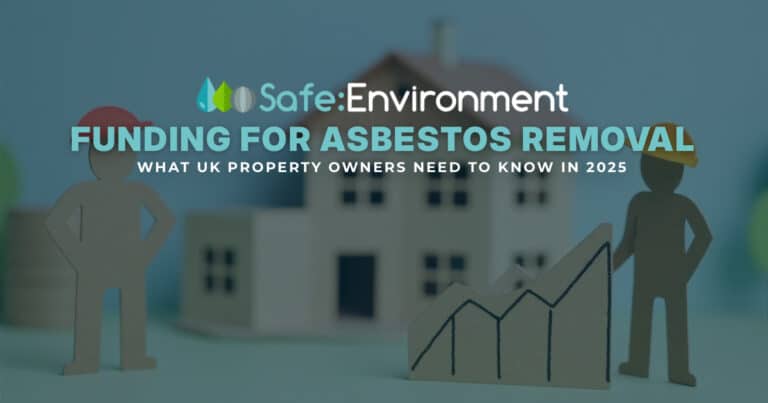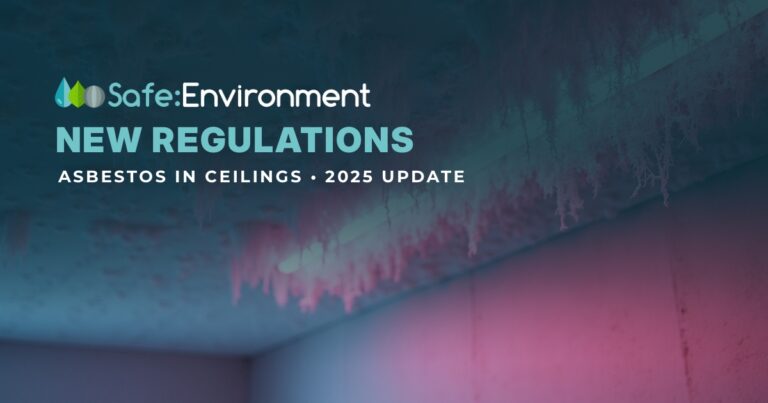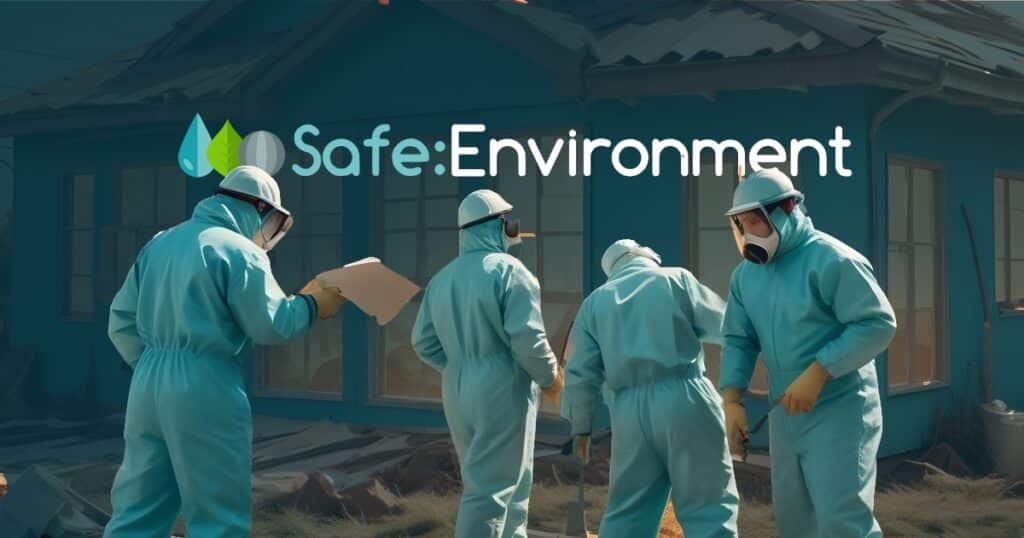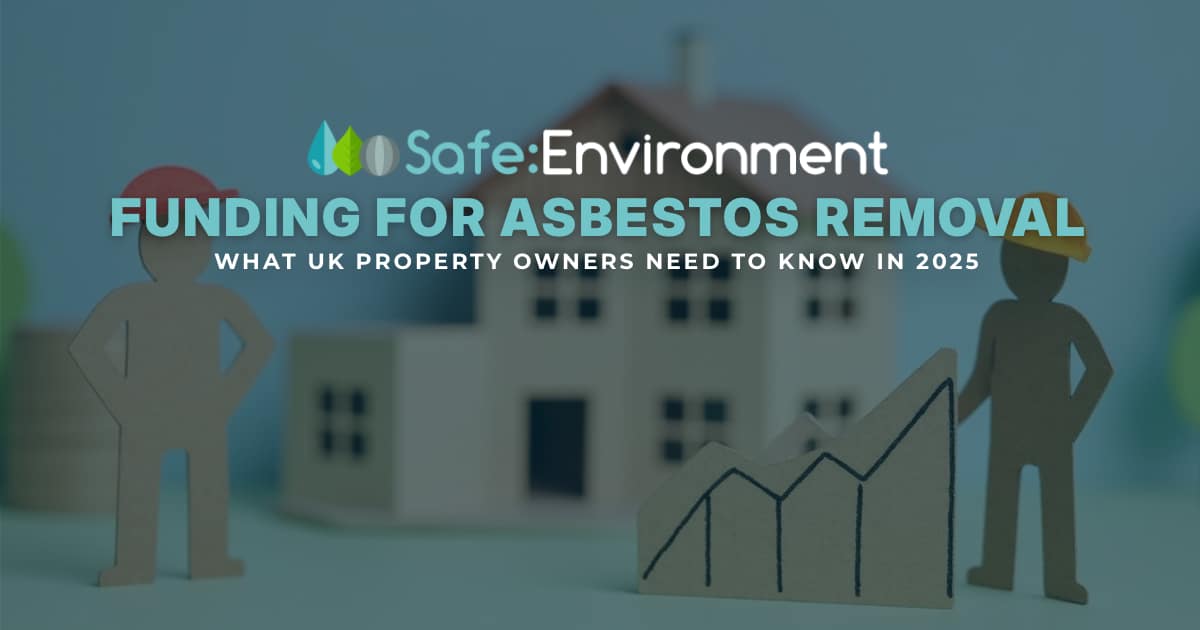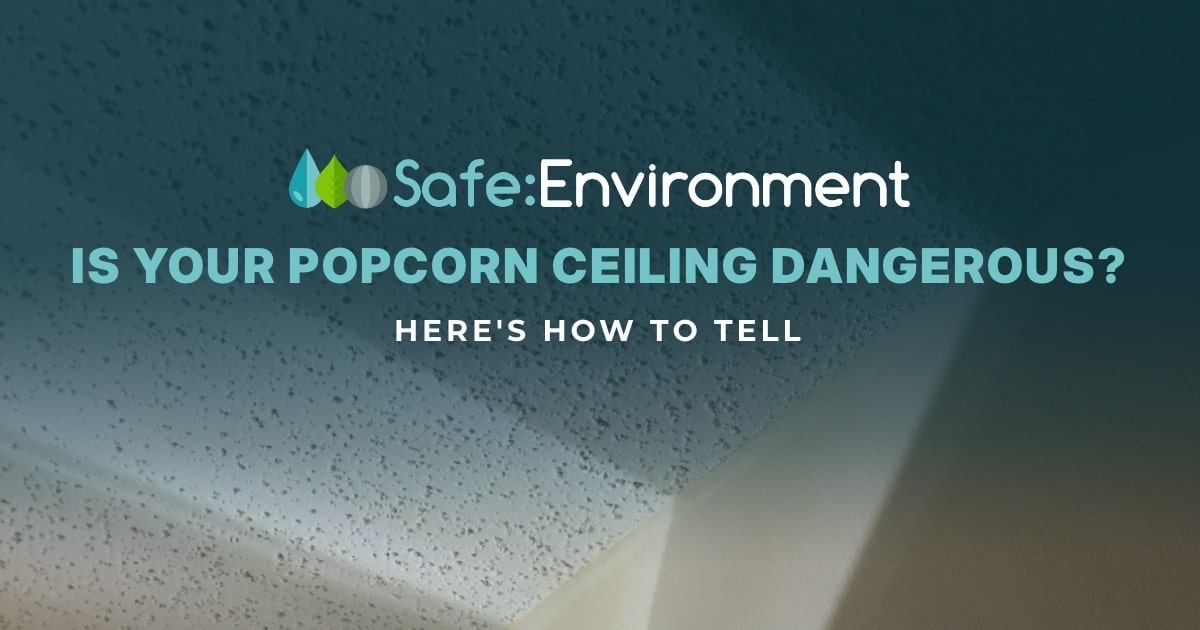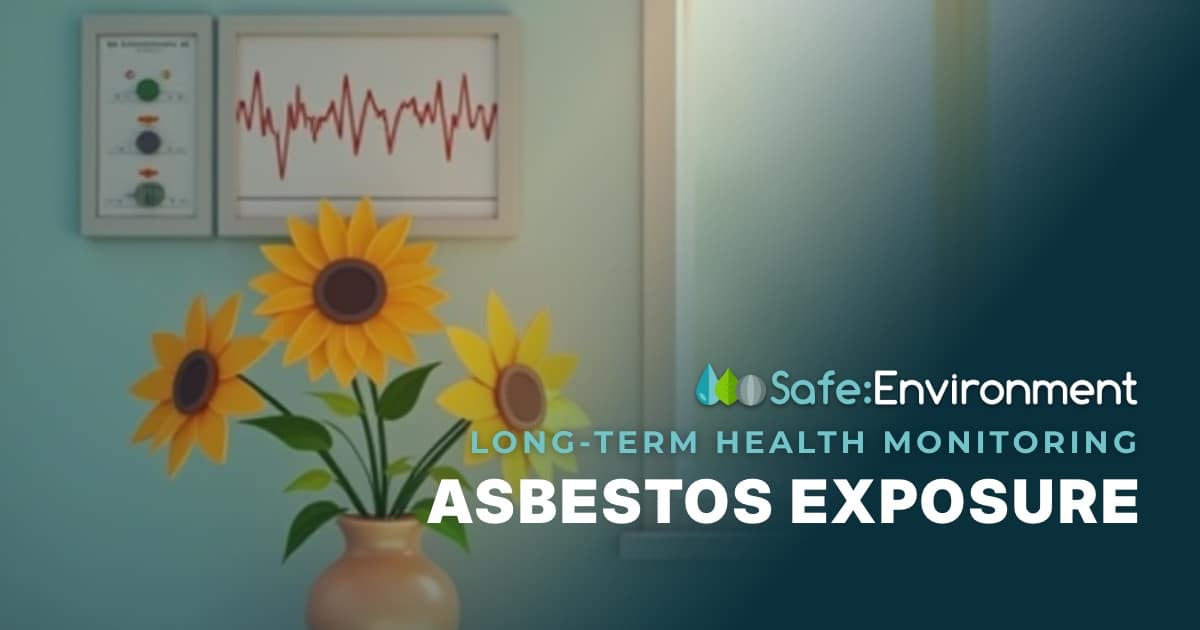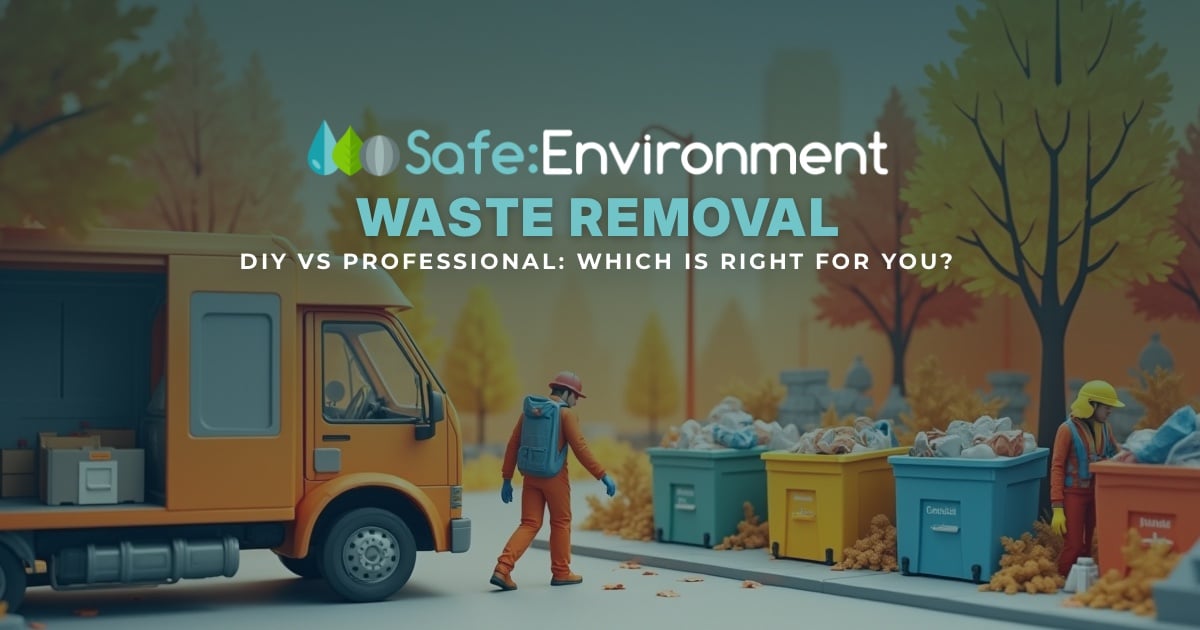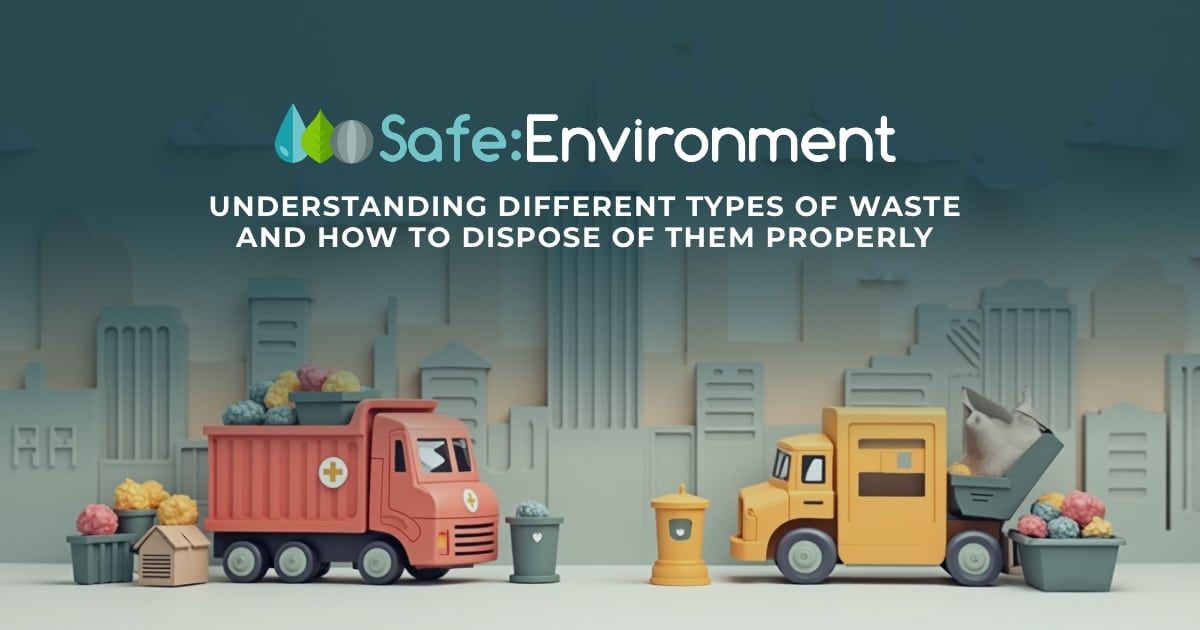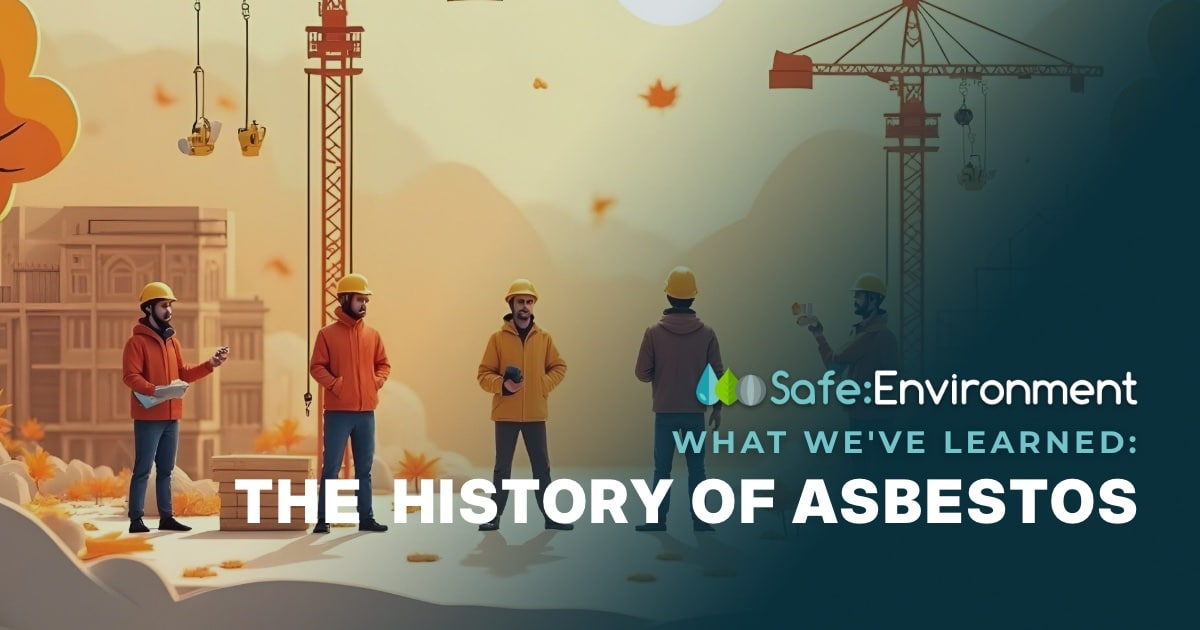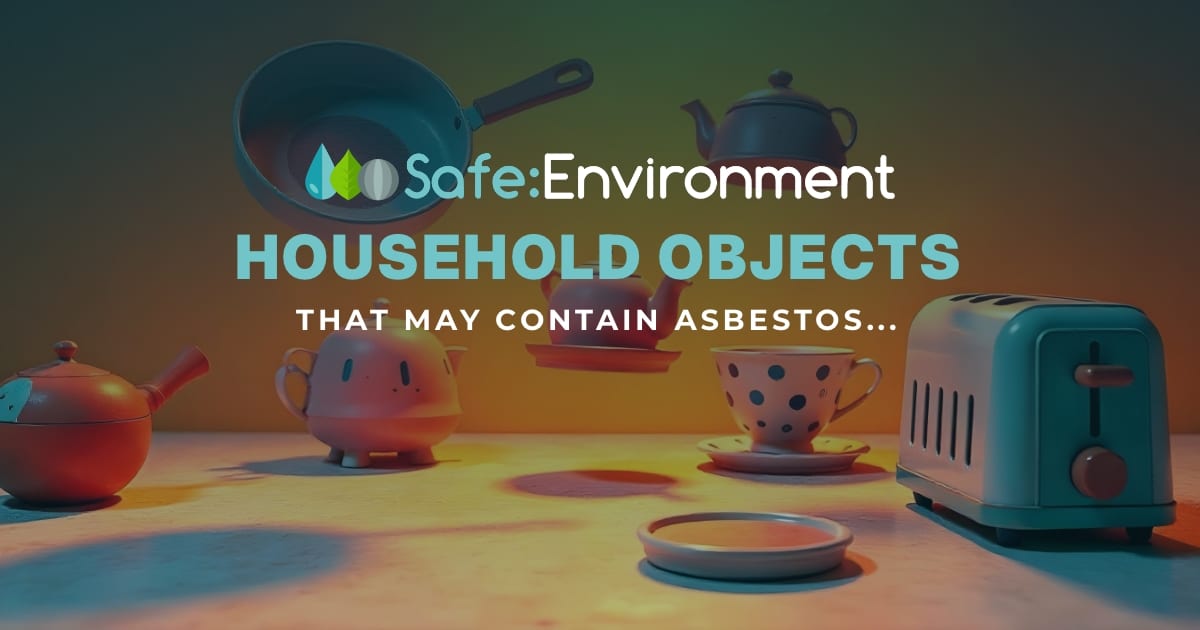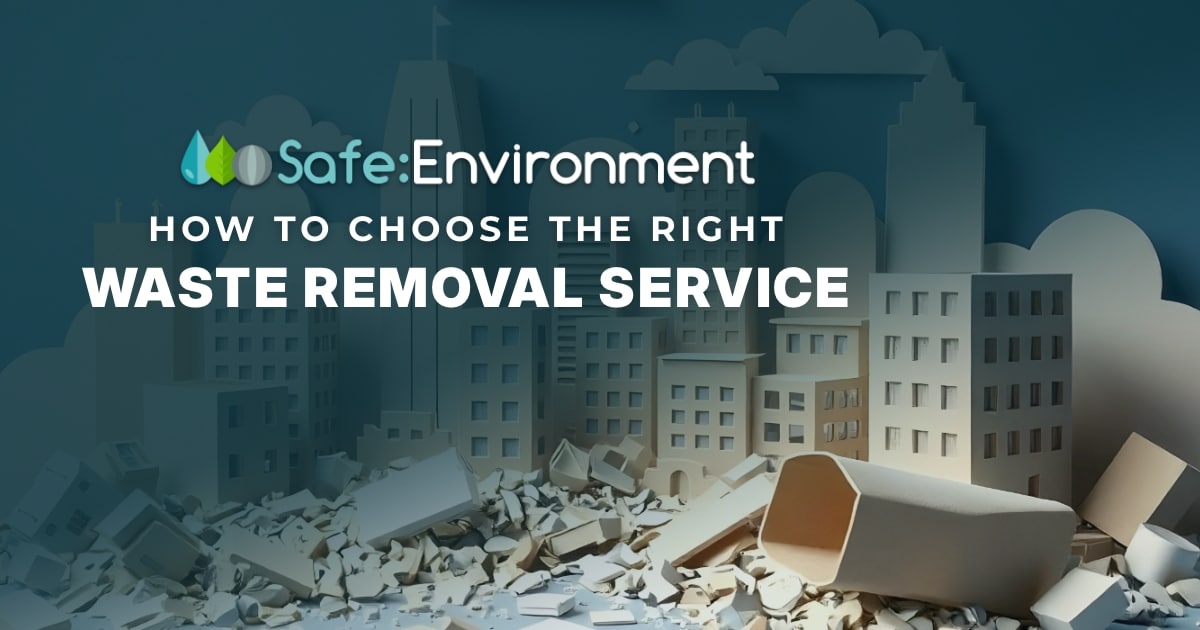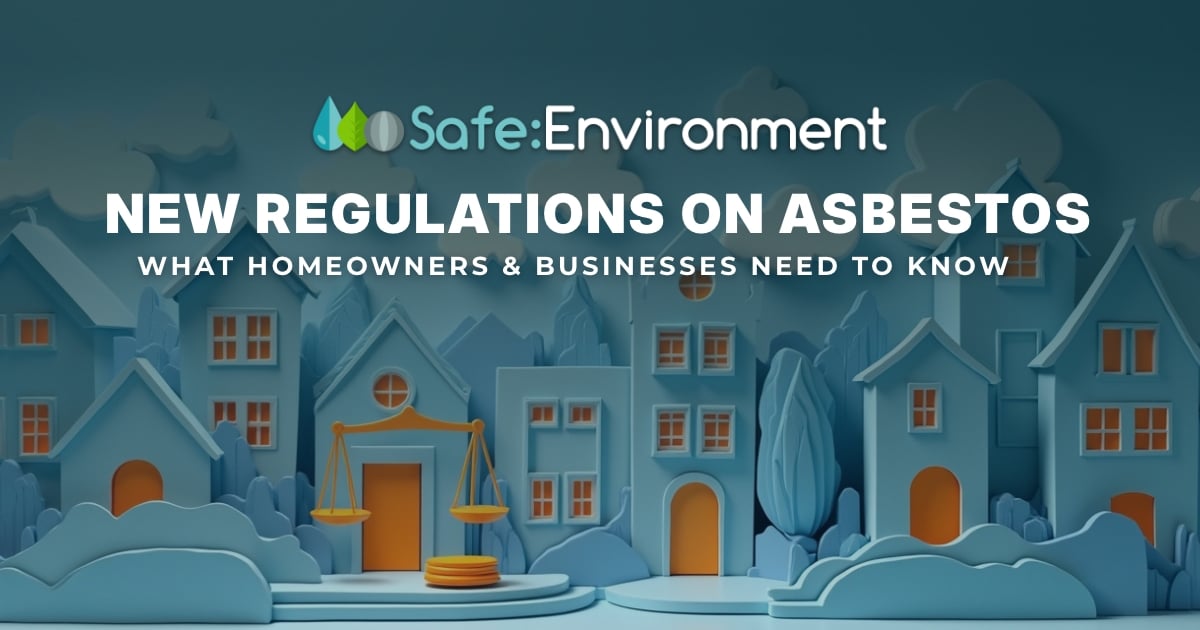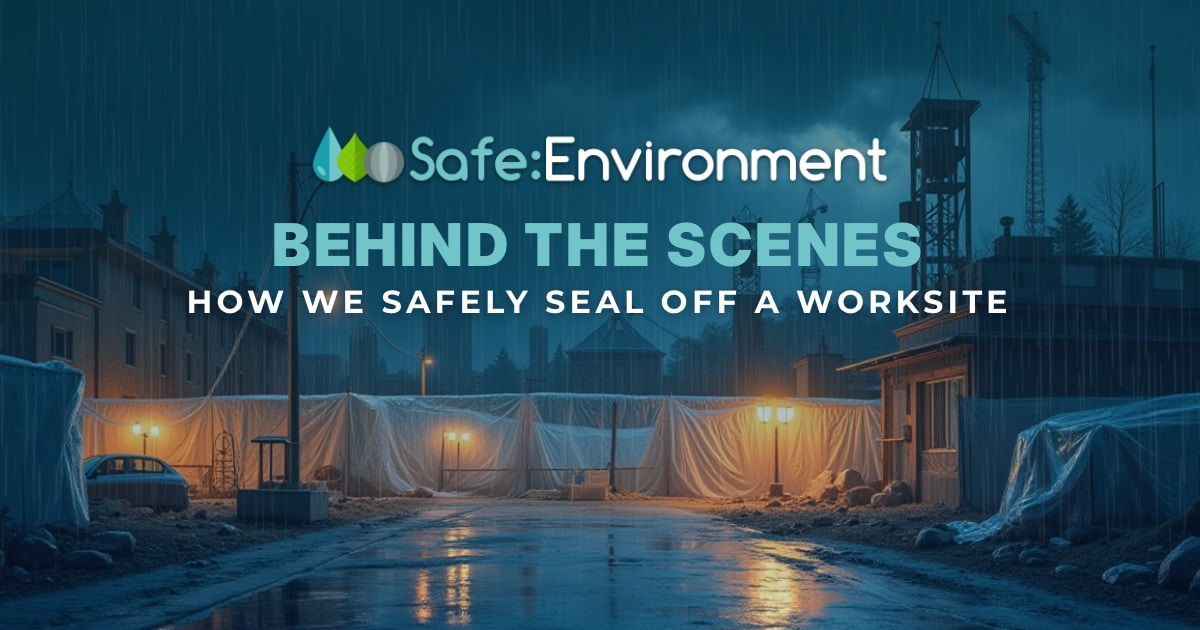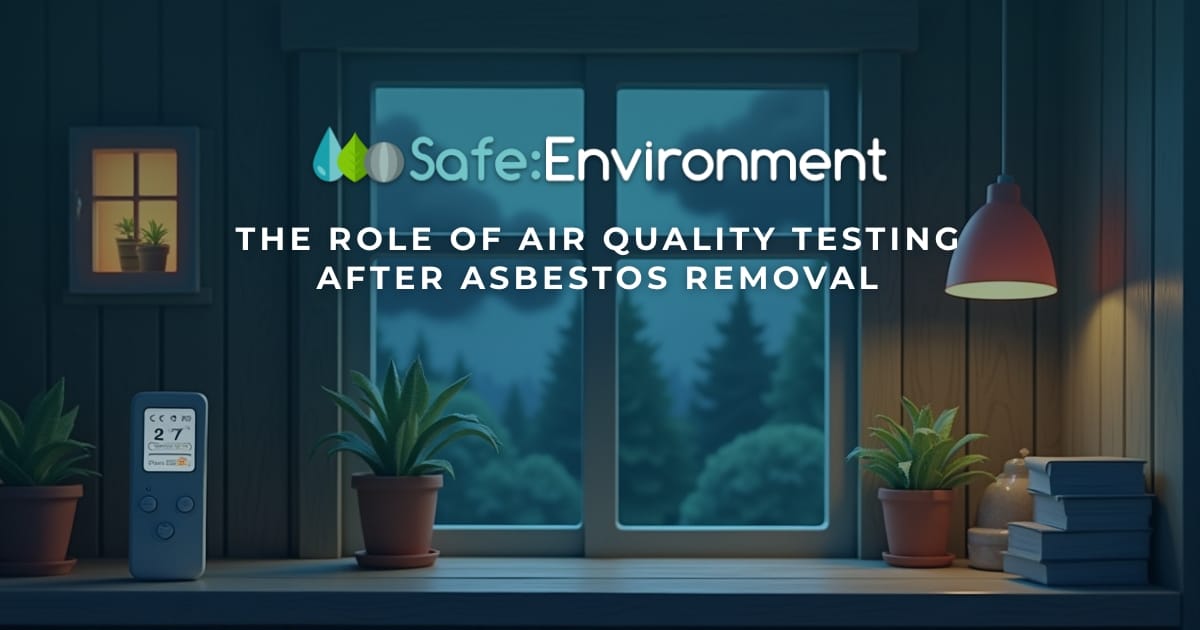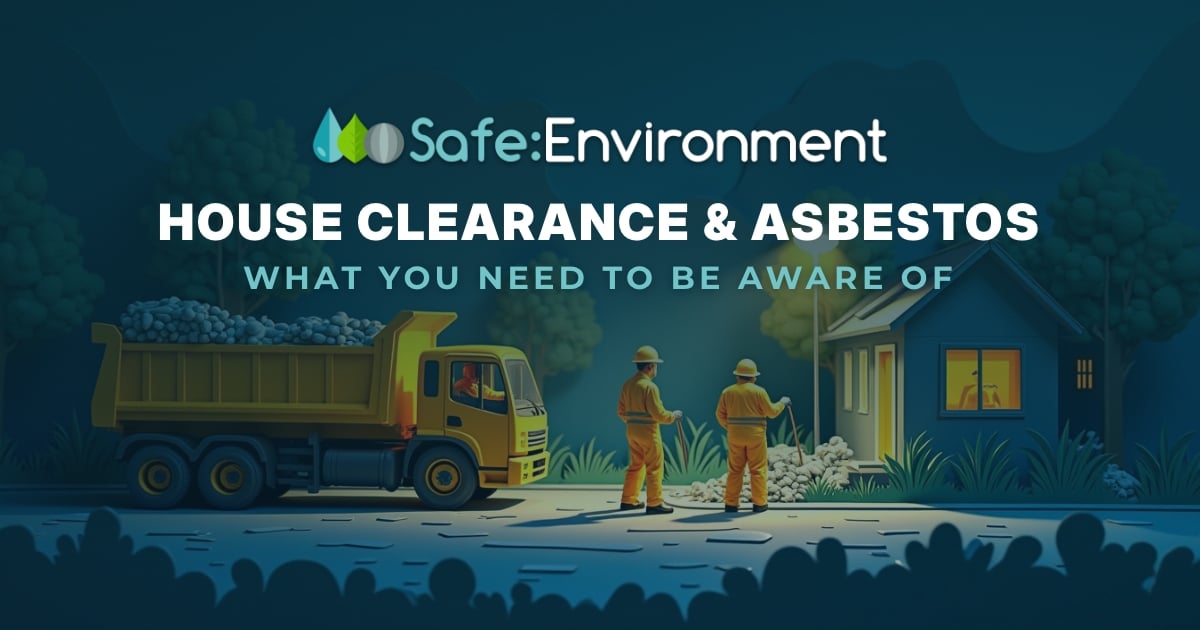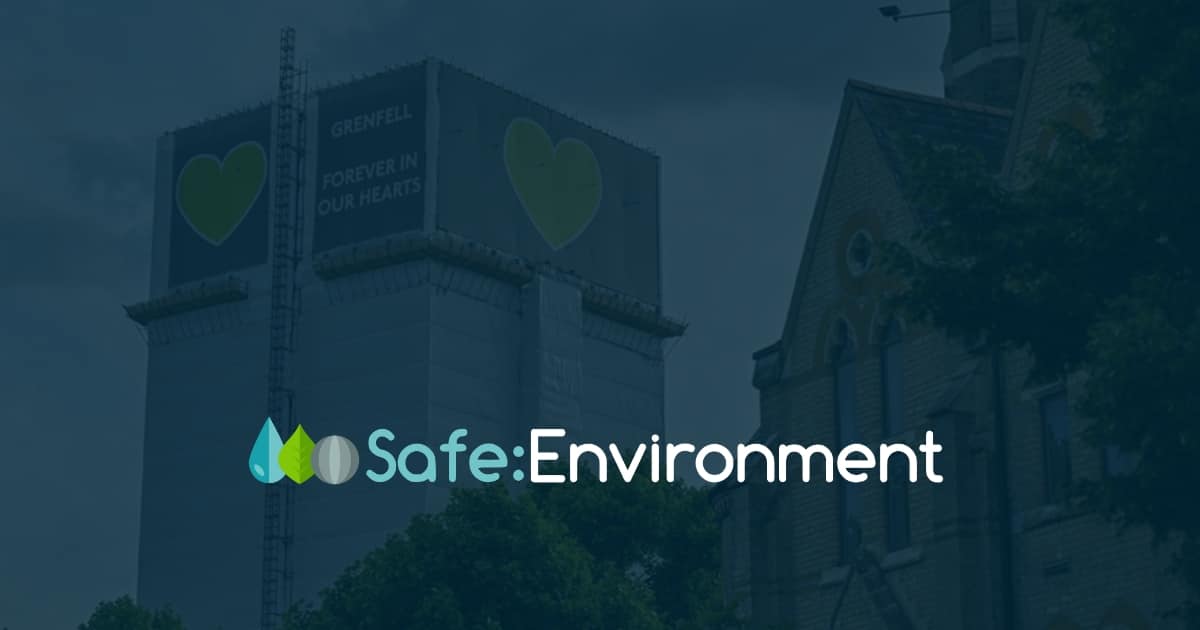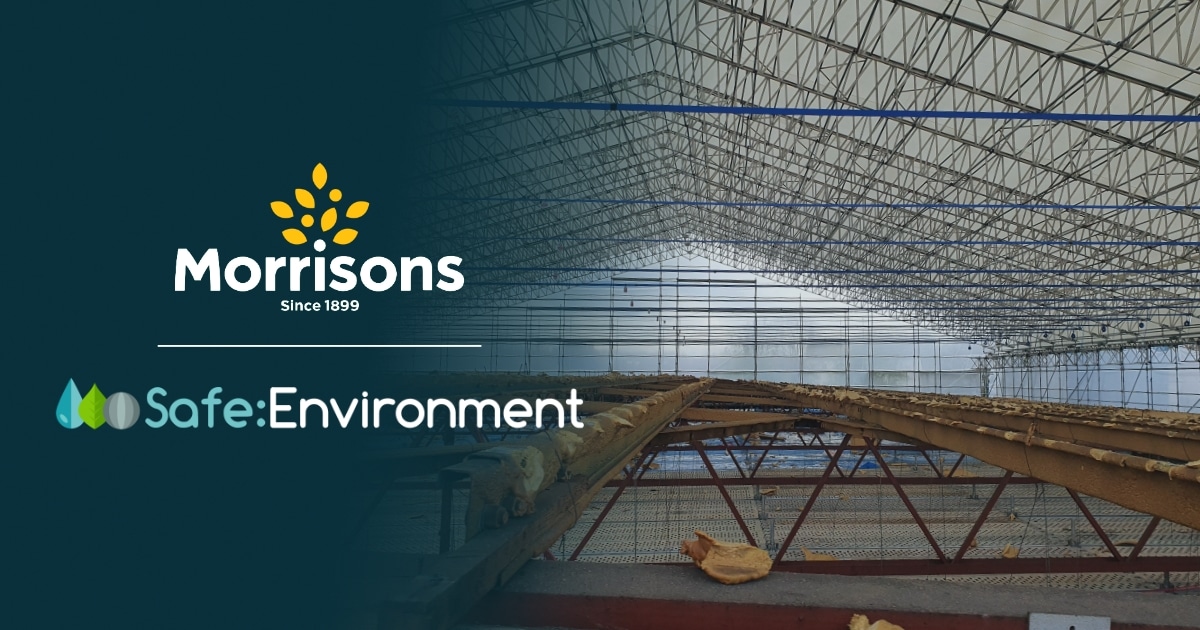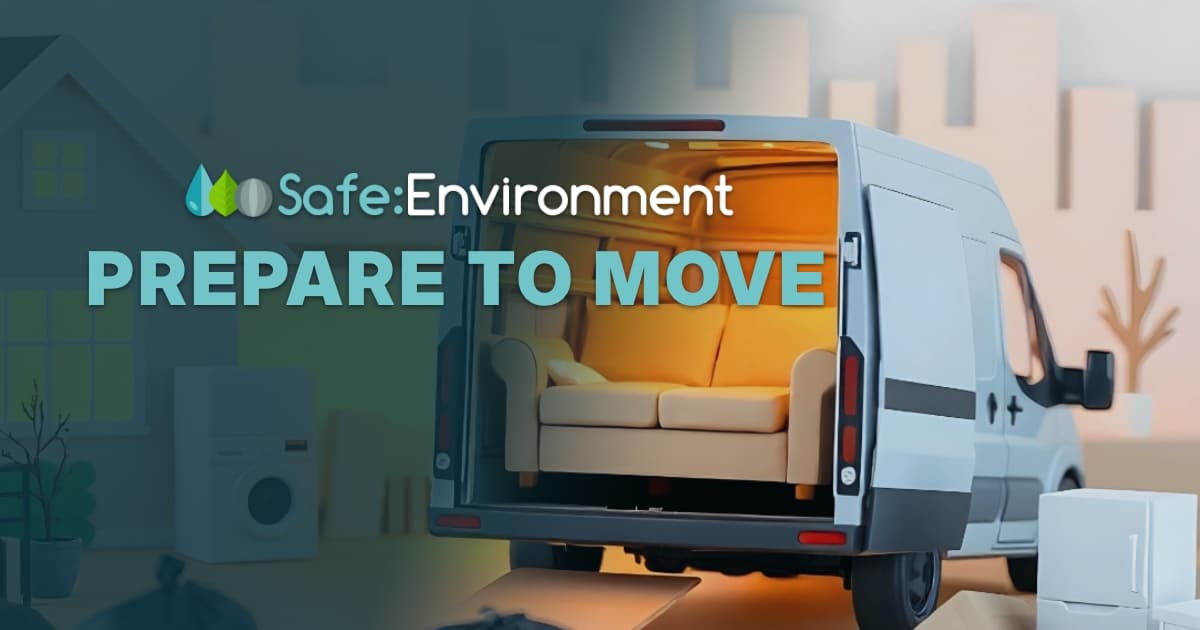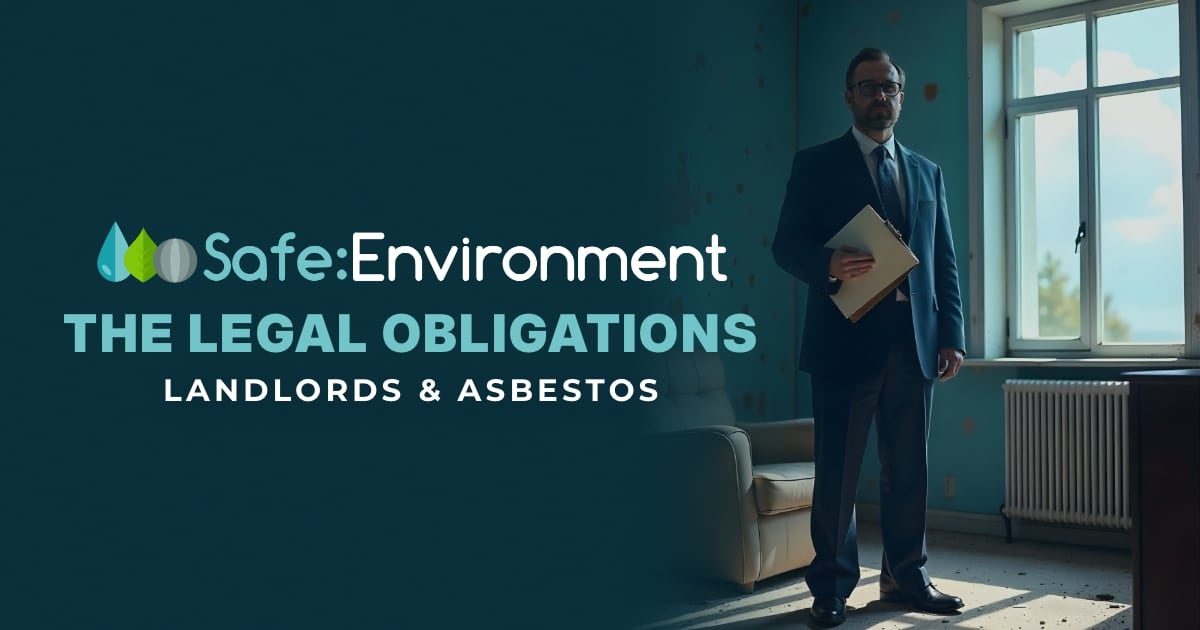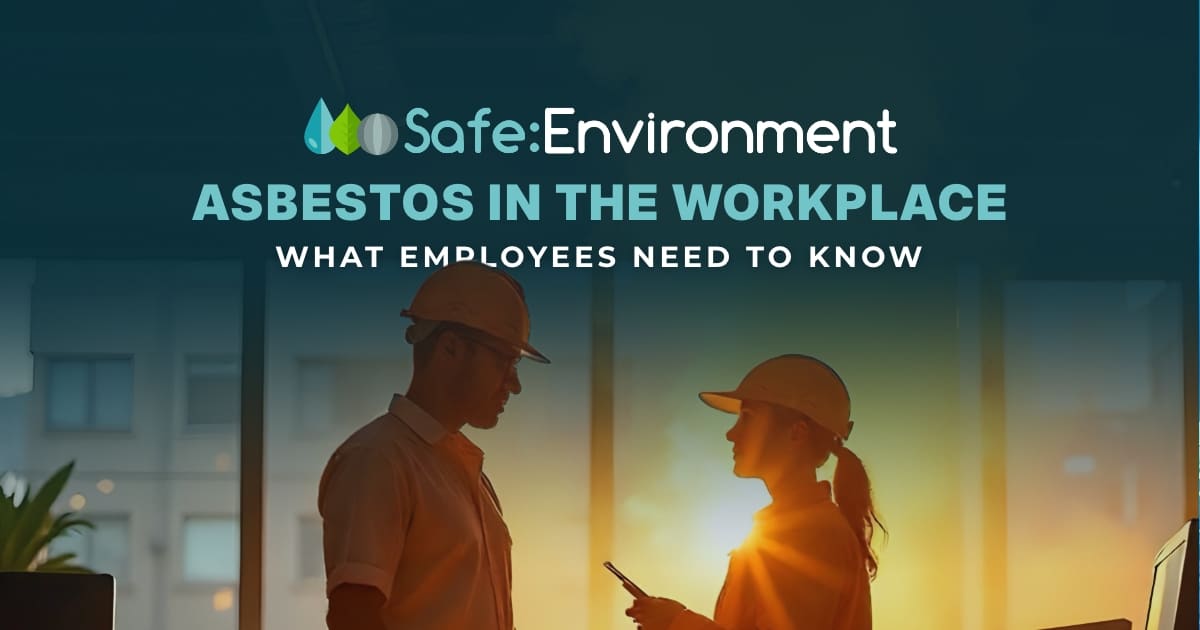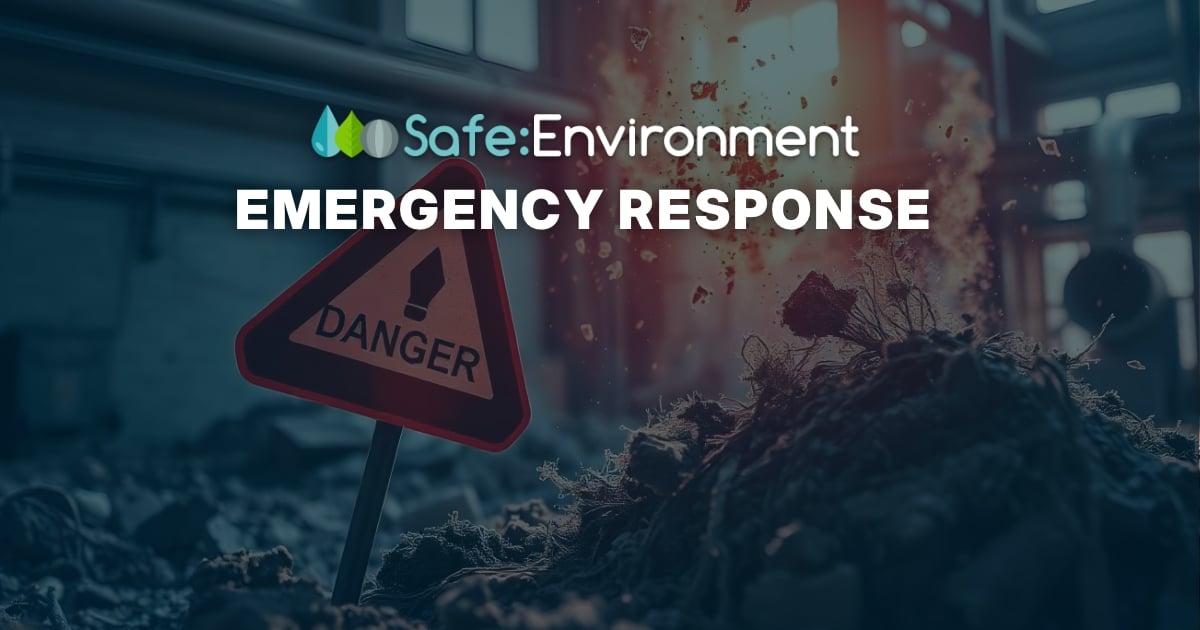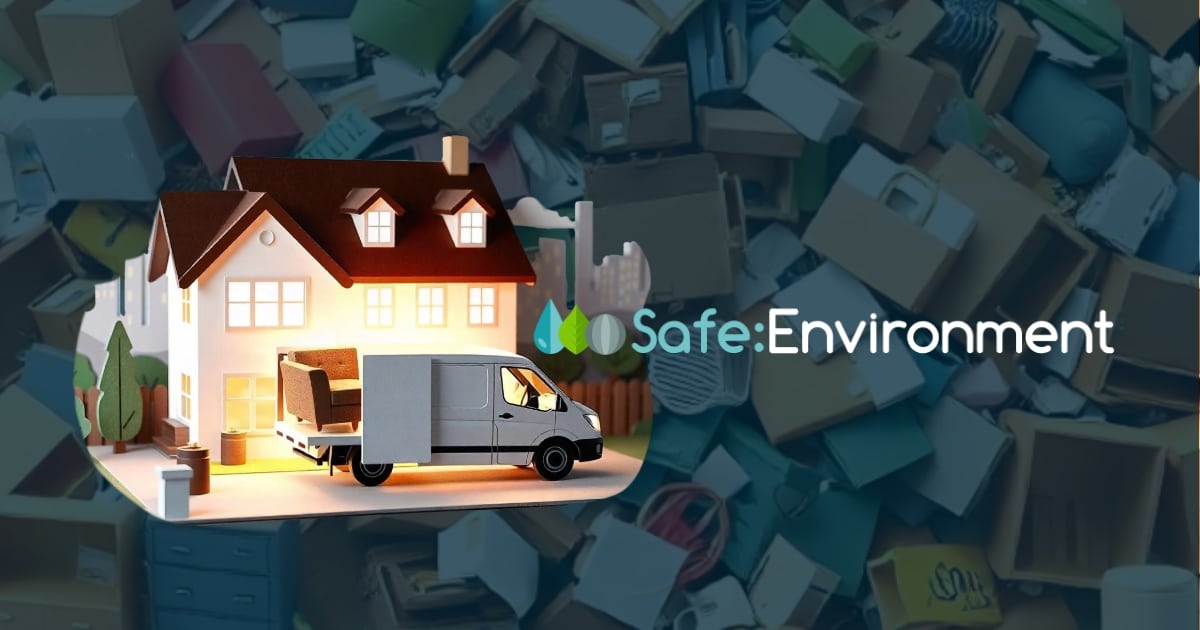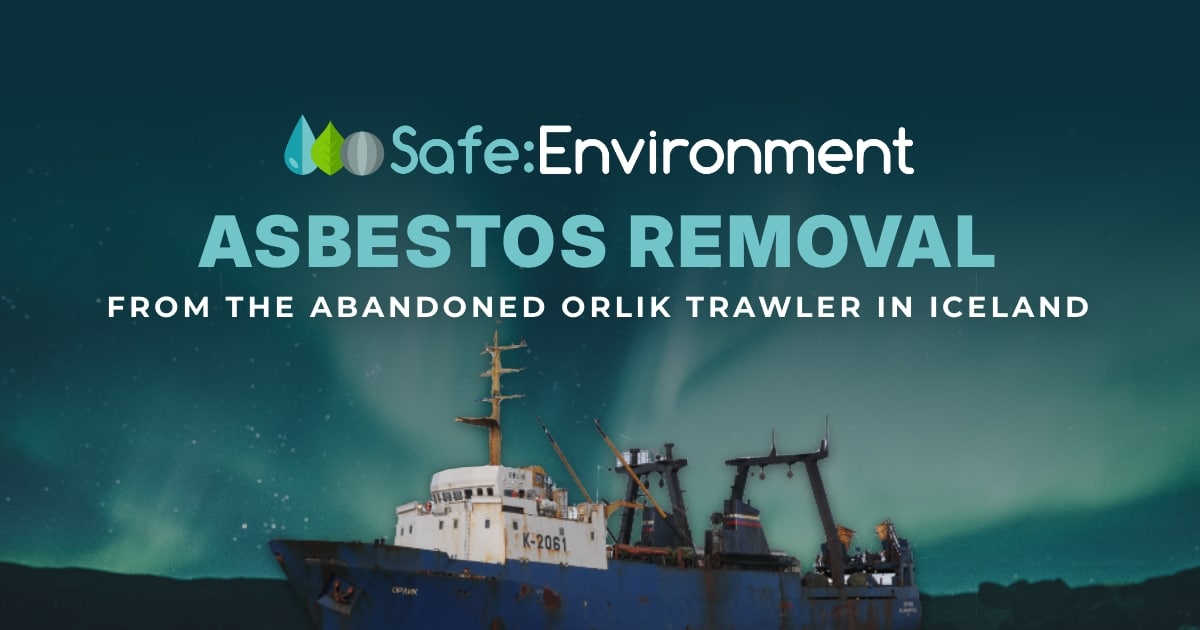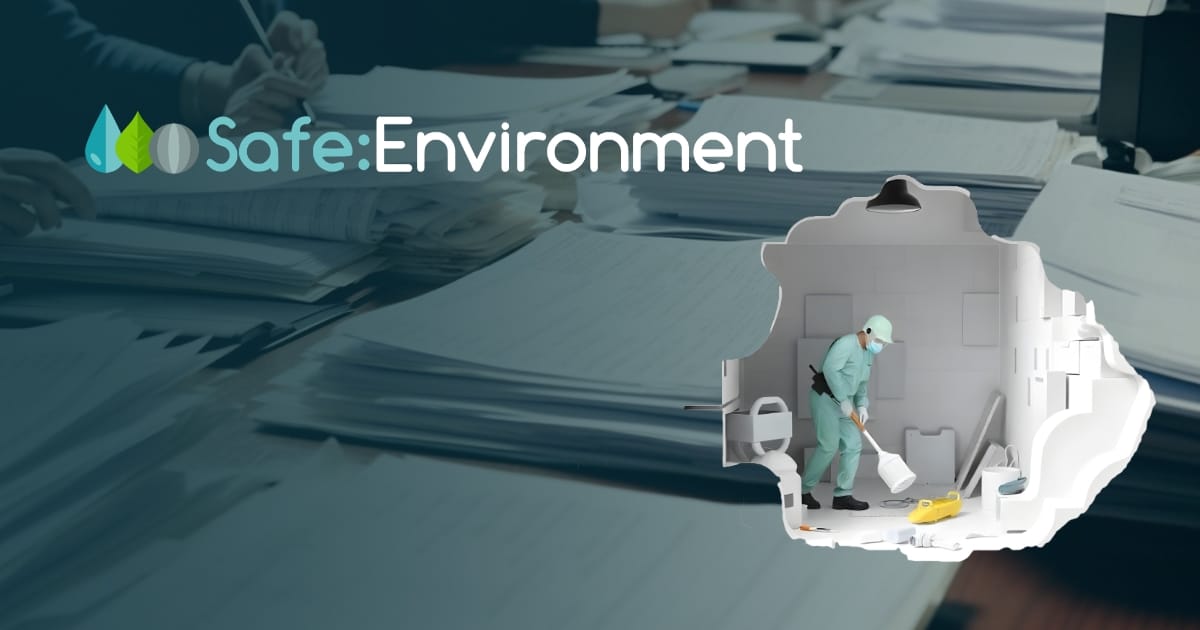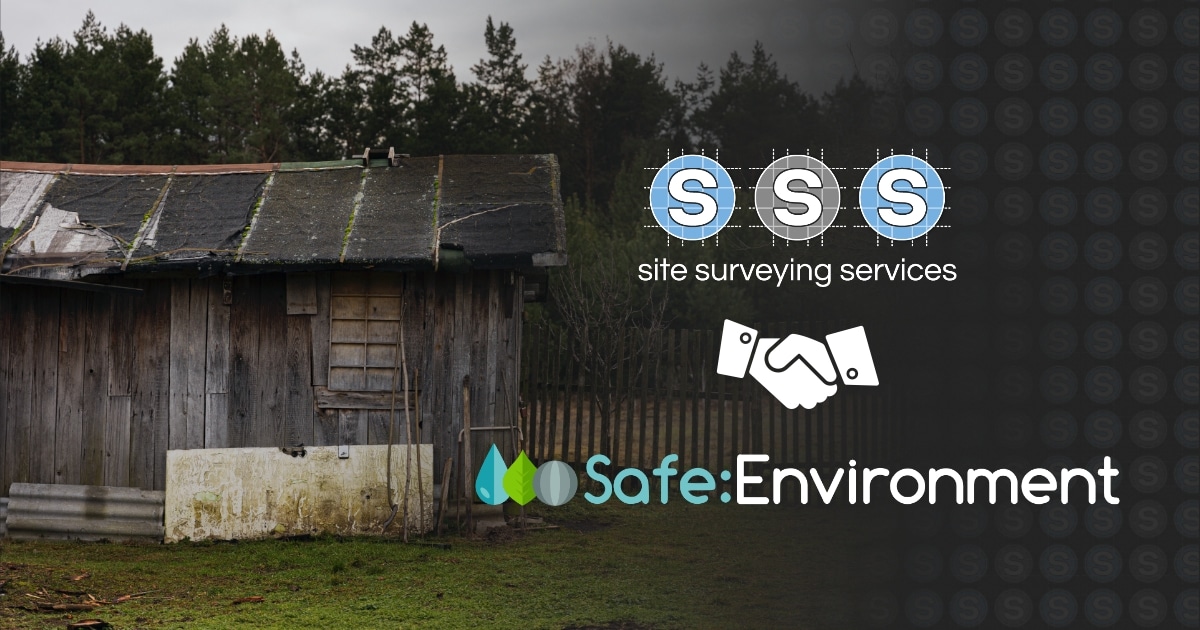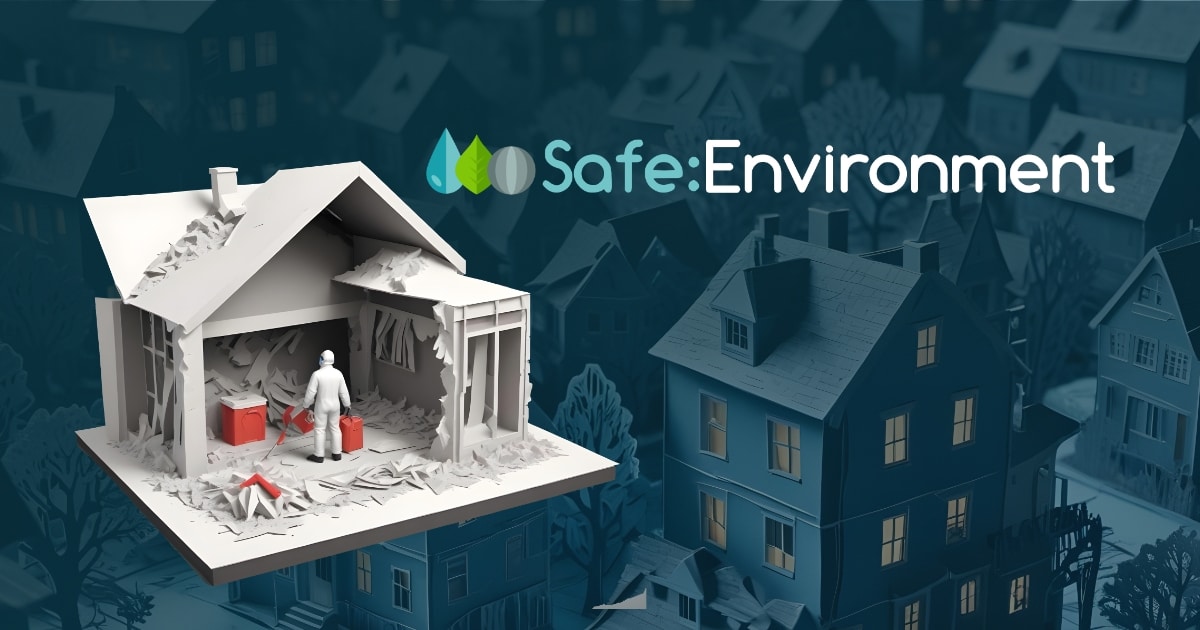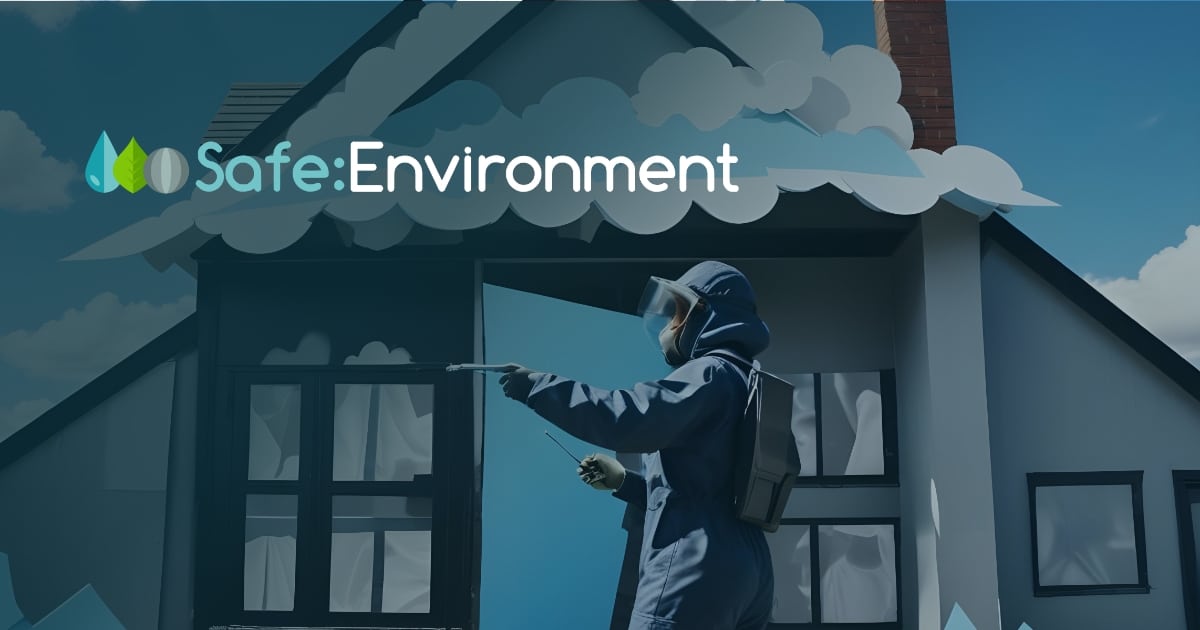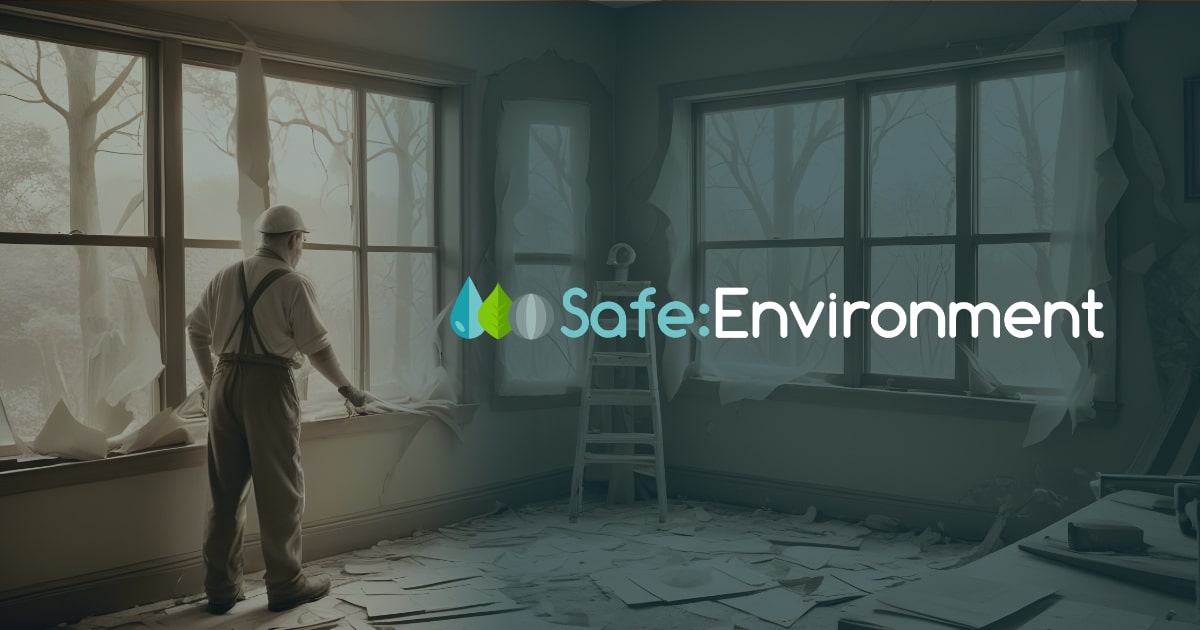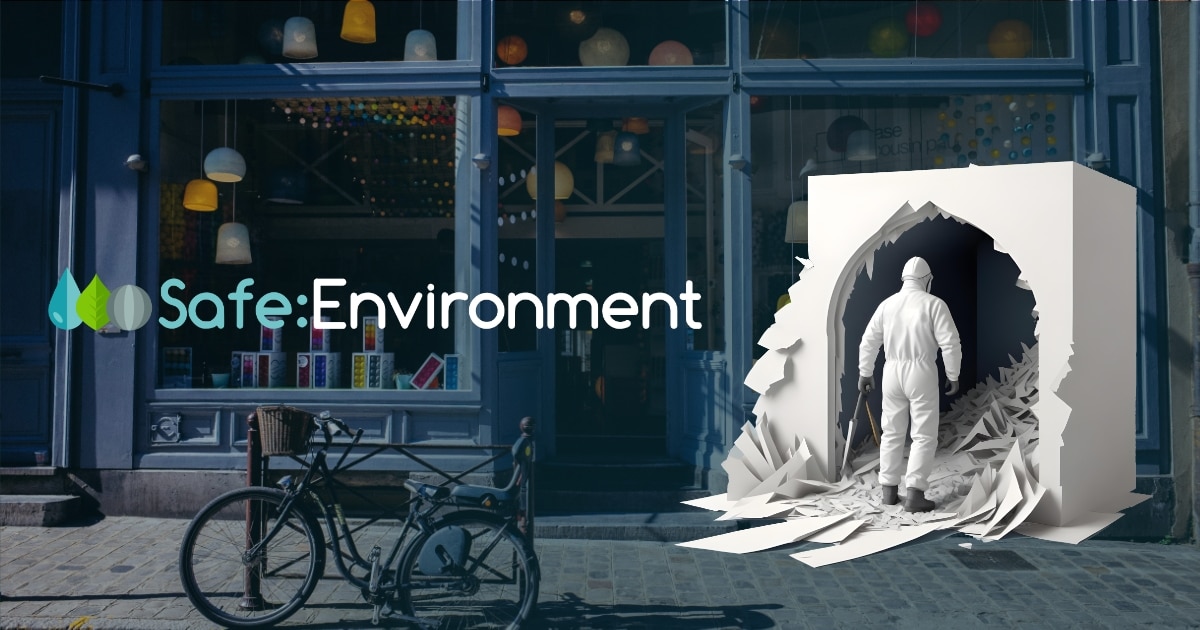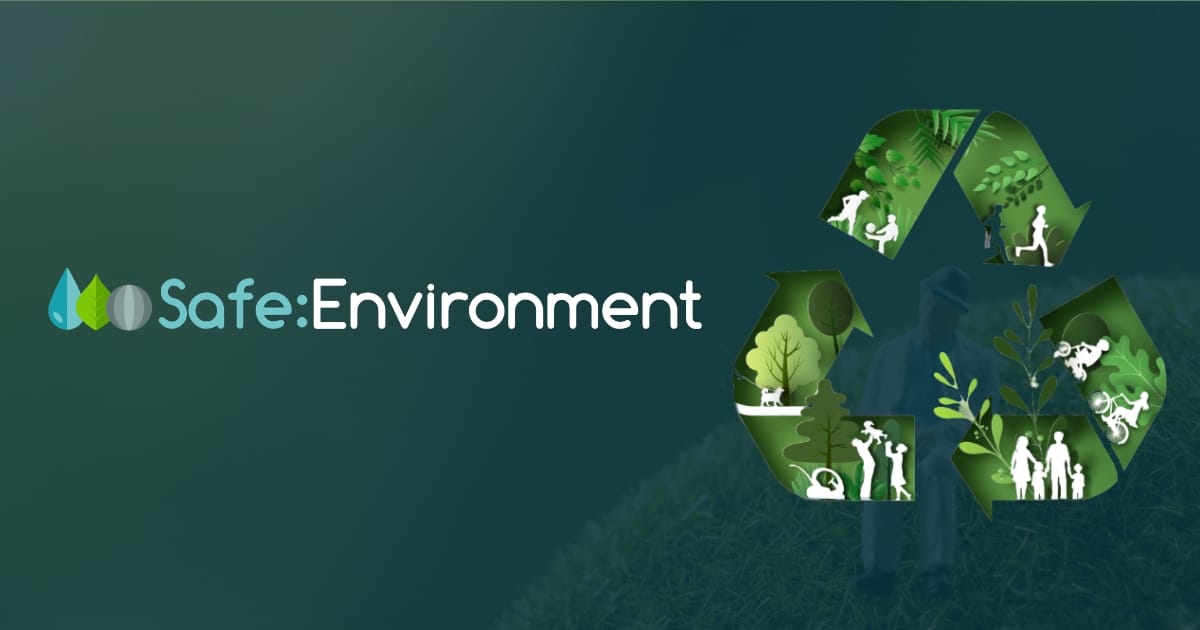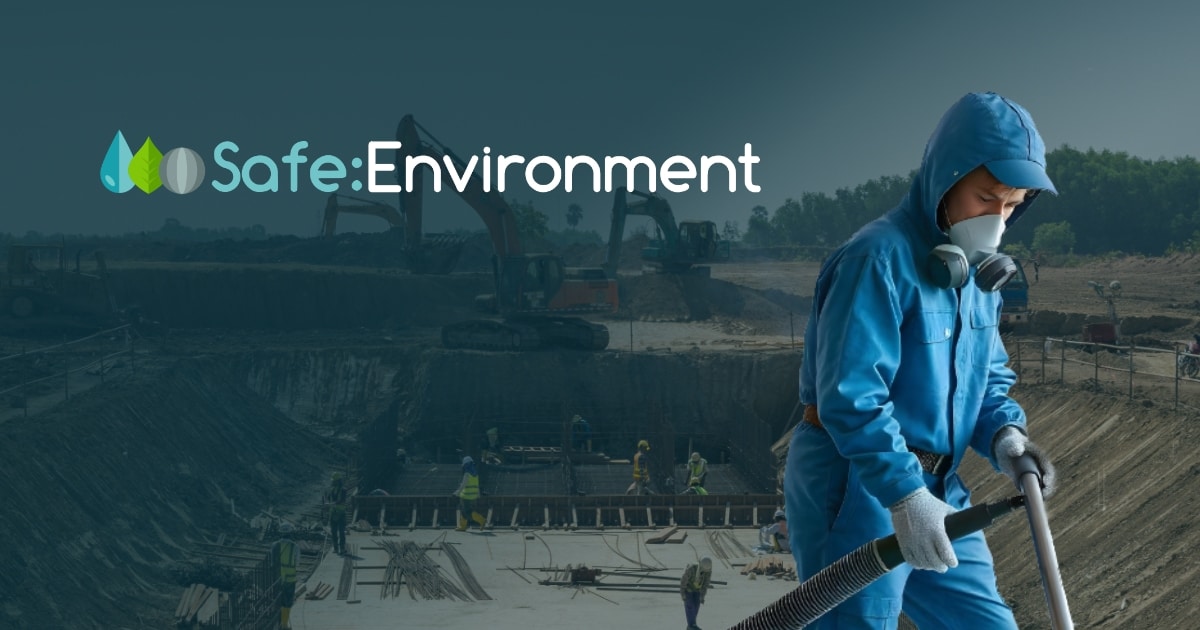Asbestos removal is a complex yet essential process to ensure the safety and well-being of those living or working in buildings that contain asbestos. If your property has asbestos-containing materials (ACMs), whether it’s a residential or commercial space, understanding what to expect during an asbestos removal project is critical for a smooth experience. This blog will walk you through the key stages of asbestos removal, from initial surveys to final clearance, so you can prepare and know what to expect every step of the way.
1. The Initial Asbestos Survey
Before any removal work can begin, the first step is an asbestos survey. A licensed asbestos surveyor will assess the property to identify the presence, type, and condition of any asbestos-containing materials. There are two main types of asbestos surveys:
Management Survey: This is for properties that aren’t undergoing any significant construction work. The survey identifies asbestos that could be disturbed through normal occupancy or maintenance.
Refurbishment/Demolition Survey: If your property is undergoing major renovations or demolition, this survey is required to locate asbestos in all areas that will be affected by the work.
During the survey, samples of suspected materials will be collected and sent to a lab for testing. The results will determine the next steps in the asbestos removal project, including whether complete removal or encapsulation is necessary.
2. Creating an Asbestos Removal Plan
Once the survey results confirm the presence of asbestos, a detailed asbestos removal plan will be developed. This plan outlines how the asbestos will be safely removed, the timeline of the project, and the safety precautions that will be put in place.
Key elements of the removal plan include:
Scope of work: The areas where asbestos will be removed and how much material needs to be handled.
Safety measures: Methods for containing asbestos fibres, such as creating negative pressure enclosures (NPEs) to prevent fibres from spreading.
Waste disposal: How the asbestos waste will be securely bagged, transported, and disposed of in compliance with UK laws.
At this stage, you will also receive a timeline for the project so you can plan around the removal, including making arrangements for temporary relocation if necessary.
3. Site Preparation
Before the actual removal begins, the worksite needs to be prepared to ensure that the asbestos removal process is safe and efficient. Here’s what to expect during the preparation phase:
Isolating the area: The removal team will seal off the contaminated area to prevent asbestos fibers from spreading to other parts of the property. This often involves setting up plastic sheeting or building negative pressure enclosures.
Turning off HVAC systems: Heating and air conditioning systems may need to be turned off or sealed to prevent fibres from circulating through the building.
Removing personal items: Any personal belongings, furniture, or equipment in the affected area should be removed or covered to avoid contamination.
Air monitoring setup: Air quality monitoring devices may be installed to detect any increase in asbestos fibres during the removal process, ensuring safety standards are met.
This phase is essential for minimising exposure risks and ensuring that the removal process is conducted in a controlled environment.
4. The Removal Process
The actual removal of asbestos-containing materials is a highly regulated process that requires trained and licensed professionals. Here’s what happens during this phase:
Wetting the asbestos materials: Asbestos-containing materials are usually dampened before removal to reduce the release of fibers into the air. This is done using special spraying equipment designed to thoroughly wet the material.
Careful removal: The removal team will carefully detach and remove asbestos materials, such as ceiling tiles, insulation, or flooring, while ensuring minimal disturbance. This is done in small sections to maintain control over the fibres.
Bagging and sealing: Once removed, the asbestos materials are securely placed into sealed, double-lined bags or containers that are clearly labelled as hazardous. These bags will be transported to a licensed waste disposal facility.
Continuous air monitoring: During the removal process, air monitoring equipment may be used to track fibre levels in the work area. If the levels rise, additional safety measures will be implemented.
It’s important to note that asbestos removal can take several hours to a few days, depending on the amount and location of asbestos in the building.
5. Cleaning and Decontamination
Once the asbestos has been removed, the next step is to thoroughly clean and decontaminate the affected area. This involves:
HEPA vacuuming: The entire work area will be vacuumed using high-efficiency particulate air (HEPA) vacuums, which are specifically designed to capture microscopic asbestos fibers.
Wipe-down: All surfaces in the area, including walls, floors, and any remaining equipment, will be wiped down with specialised cleaning agents to ensure no residual fibres remain.
Decontamination units: The removal crew will go through a decontamination process, using airlocks and showers, to prevent any asbestos from leaving the work area.
This thorough cleaning ensures that the space is free from any remaining asbestos fibres, reducing the risk of future exposure.
6. Final Inspection and Air Testing
Once the removal and cleaning are complete, an independent asbestos surveyor will perform a final inspection to ensure that the area is safe for re-entry. This includes:
Visual inspection: The surveyor will visually inspect the area to confirm that all asbestos materials have been removed and no visible dust or debris remains.
Air clearance testing: Air quality tests will be conducted to measure the level of asbestos fibres in the air. These tests are typically carried out over several hours, and the results must show that fibre levels are within safe limits before the area can be declared asbestos-free.
Only after the area passes these tests will it be deemed safe for re-occupation.
7. Clearance Certificate and Waste Disposal Documentation
After the final inspection and testing, you will receive a clearance certificate, which confirms that the asbestos has been properly removed and the area is safe. This document is essential if you plan to sell or lease the property, as it proves that the property complies with asbestos safety regulations.
Additionally, your asbestos removal contractor will provide documentation for the disposal of asbestos waste, ensuring that all hazardous materials were disposed of in compliance with local and national regulations. Keep these documents for your records, as they may be needed for future property transactions or legal purposes.
8. Post-Removal Considerations
After the asbestos removal project is complete and the area is cleared for re-entry, you may want to consider additional steps to maintain the safety of your property:
Encapsulation of remaining asbestos: In some cases, not all asbestos materials may be removed (if they are in good condition and not disturbed). Instead, they can be encapsulated, or sealed, to prevent fibres from becoming airborne. If this was done, follow your contractor’s recommendations for periodic inspections.
Future renovations: If you plan any future construction or renovation work, inform contractors about the property’s asbestos history so they can take appropriate precautions.
Ongoing air monitoring: Although asbestos is removed, regular air quality checks can ensure that the property remains free from contamination, particularly in high-traffic areas or places prone to wear and tear.
Conclusion
An asbestos removal project is a multi-step process that requires careful planning, professional expertise, and strict adherence to safety protocols. By understanding what to expect at each stage— from the initial survey to final clearance—you can better prepare yourself, your property, and any occupants involved. Proper preparation and communication with your asbestos removal team will ensure a smooth and safe removal, giving you peace of mind and a healthier environment.
If you suspect your property contains asbestos, don’t delay—contact us to begin the process of safe and effective removal.



